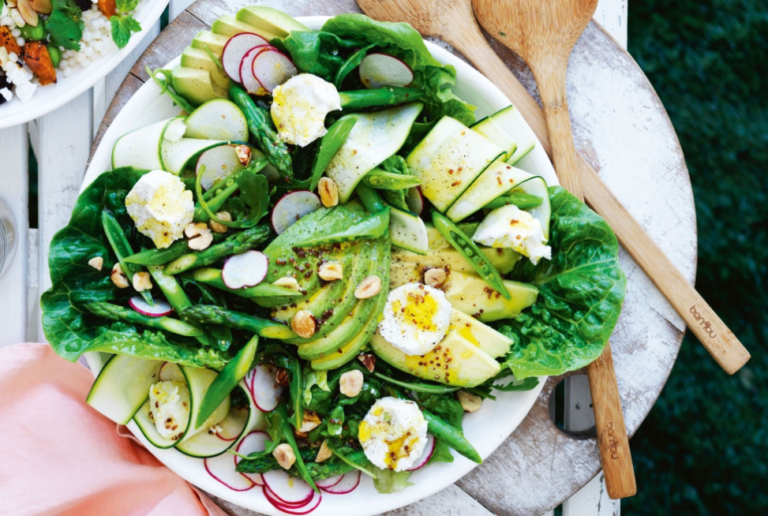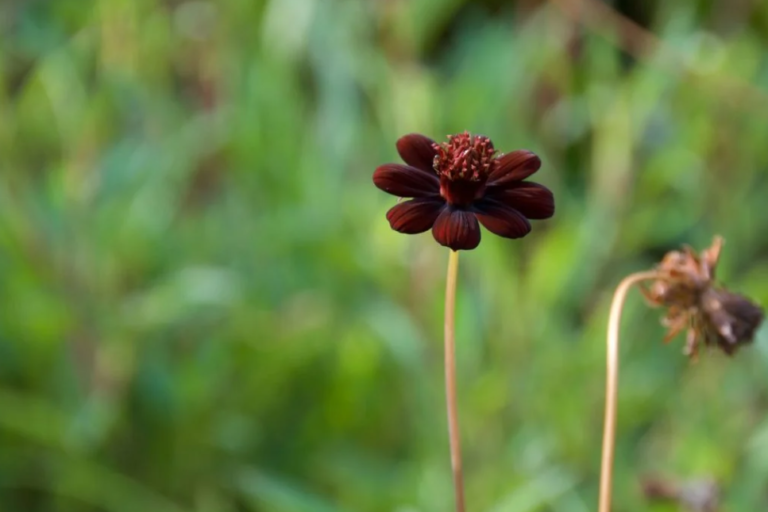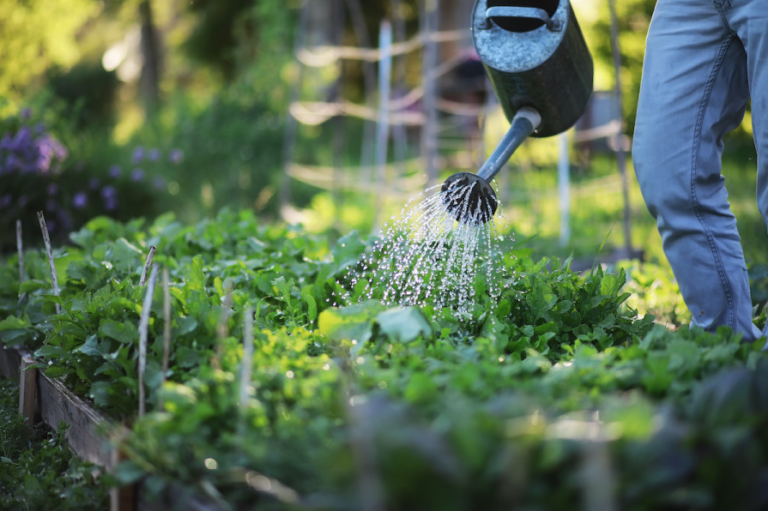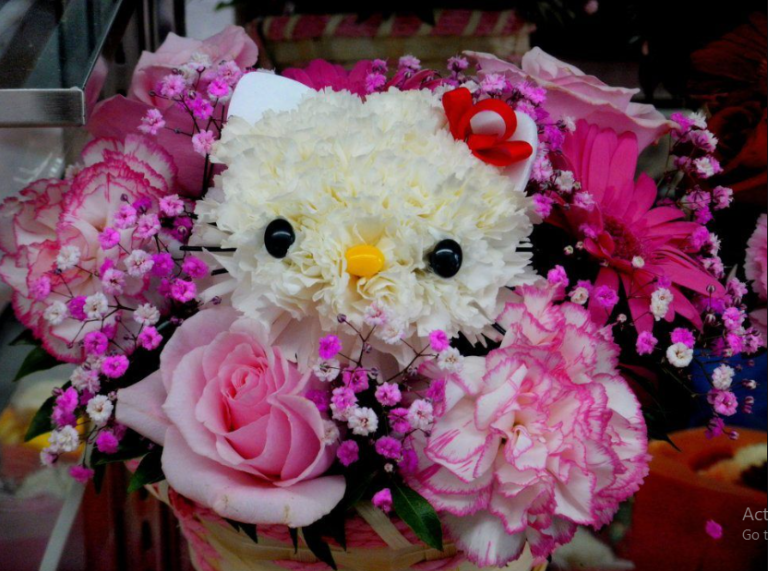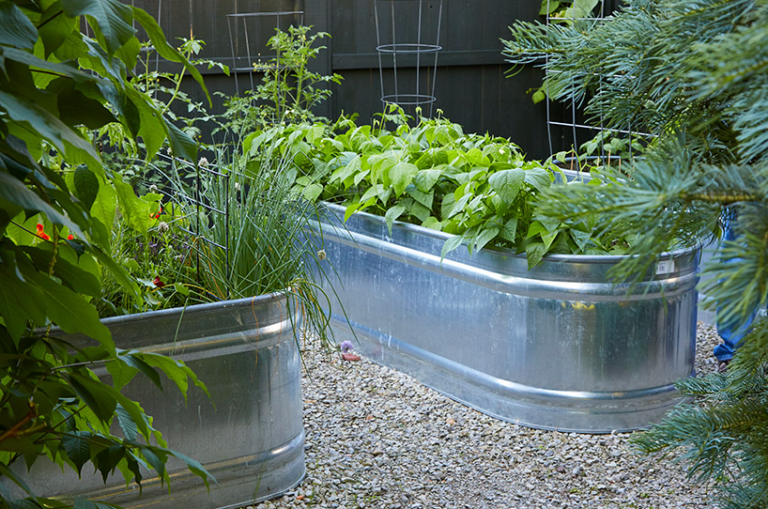Hanging cactus plants
There is something special about hanging succulents. I’ve never been able to pinpoint exactly what it is.
It could be the fact that in our mind we expect small succulent plants to grace the landscape of a fairy garden or succulent pots with interesting foliage being a small but great addition to our home decor making the space more inviting.
However, looking at trailing or hanging succulent plants like Sedum morganianum (donkey’s tail plant) or Ceropegia woodii (a string of hearts) in a hanging planter at eye level puts you in a prime position to examine and enjoy its beauty.
Types Of Hanging Succulents A Select Group

A select group we like to call “Hanging Succulents” come with a variety of characteristics including:
⦁ Pendant stems
⦁ Fleshy green leaves
⦁ Pea-like foliage
⦁ baskets.
⦁ They also find their place in a vertical garden, planted in a wall planter or as trailing cactus plants in a decorative pot.
Types Of Succulent Hanging Plants

Selenicereus and Hylocereus species are natural pendant growers. The plants are too large for basket culture.
The Epiphyllums (orchid cactus) though they grow as “basket plants” and produce beautiful blossoms their appearance is not as attractive as the basket succulent plant listed below.
Christmas cactus makes an attractive basket with a beautiful display of colorful flowers. However, other hanging or trailing succulents are worthy of consideration for succulent basket culture.
Below is a collection of simply “Plants That Hang Down“:
Aporocactus flagelliformis
Known as the rat-tail cactus Aporocactus flagelliformis is Mexican-born.
These creeping succulent plants feature long, slender, green pendant stems with reddish-brown spines. The rattail cactus branches at the base cascade over the edges of the basket or pot like a waterfall.
In the spring, a spectacular display of crimson-pink flowers appear on the long stems which can reach 6′ feet in length. The rattail cactus make magnificent hanging succulent basket plants!
Ceropegia woodii
Ceropegia woodii (Rosary Vine, String of Hearts, Sweetheart vine) – Unusual, plump, heart-shaped gray-green leaves marbled with silver.
The wire-like stems holding the heart-shaped leaves can reach 2′-3′ feet in length. Easy to grow in most indoor household settings.
Makes a nice hanging basket or sitting on a pedestal with the “rosary vines” spilling over.
TIP: Plant extra cutting of string of hearts to create a fuller hanging basket
Nummularia Dischidia
Dischidia nummularia (String of Nickels) – a creeping epiphyte with round, opposite dull thick pea-green leaves about nickel size often forming dense masses.
An easy grower Dischidia nummularia makes an attractive hanging basket with the mass of trailing leaves appearing like “hanging coins.”
Use also as a trailing cascading succulent growing in a tall pot and cascading over the sides. A variegated variety – Dischidia nummularia Variegata – is also available.
Hoya carnosa
Hoya carnosa (wax plant) – Elliptical fresh green leaves, whorls of waxy very fragrant pinkish-white flowers, each set in the center with a red, star-shaped crown.
The variegated Hoya carnosa variegata has leaves broadly bordered in white, and pink-tinged. ‘Silver Leaf’ has silver and pink markings on long green leaves; maroon flowers.
Well known as a house plant and basket plant with easy care.
Water heavily, then not again until top inch or more has dried out. This partial drying-out is necessary for the development of healthy roots on these plants.
Hoya Compacta “Krinkle Kurl”
The “Hindu Rope Hoya Plant” also known as Hoya compacta “Krinkle Kurl.”
Perfect as a succulent basket plant with its interesting distinct features of curling foliage sets “Krinkle Kurl” apart from Hoya carnosa the plant from which it came.
The “rope wax plant” is really a mutation, of the popular Hoya houseplant grown for decades.
There is also a variegated Hindu Rope Hoya.
Othonna capensis
Othonna capensis – a funny little plant and member of the daisy family. The common name “little pickles” is named for the leaves.
These succulent plants are a low-growing, spreading succulent ground cover with finger-like, blue-grey leaves tipped with maroon in dry conditions. Will produce daisy-like yellow blooms all year long when the plant gets enough sun.
Once established drought-tolerant. Tolerates dry air and high temperatures. As a basket plant, it cascades over the pot edges bringing a charm and color to sunny locations.
Sedum morganianum
Sedum morganianum (Burro’s tail, donkey tail) – A longtime popular hanging succulent basket plant with spindle-shaped pale green leaves, dusted with a waxy, pale blue powder on long, pendulous stems.
The cascading stems covered with unusual leaves resemble a “donkey’s tail.
This easy-care succulent, one of the prettiest Sedums is somewhat fragile. Does well in hanging baskets where the hanging stems can grow long without being disturbed or bumped into.
Senecio rowleyanus
Senecio rowleyanus (String of Pearls) are unusual trailing succulent plants with round 1/2″ inch, bead-like grayish leaves.
Easy growing and care, these drought-tolerant succulent plants look like “hanging pearls” or marbles on a string in a cascading manner when planted in a hanging basket.
Trailing “string of pearls” reaches lengths of up to three feet. A natural for a hanging basket and a true conversation piece plant.
You may also like: String of Bananas – Senecio radicans
Sedum sieboldii
Sedum sieboldii is a “Favorite Basket Plant” because of its showy pink flower clusters and blue-gray leaves.
An easily grown houseplant is also great for balconies. Known as the “October Plant” or pink Sedum. This perennial succulent lives for only one growing season.
New growth in spring Sedum sieboldii rests in winter. During the resting period keep the plant out of the sun or bright light.
Around March, begin watering as the tiny gray rosettes start growing at the base of old stems. These shoots eventually grow into hanging shoots making for beautiful hanging cactus plant baskets.
Care Tips For Trailing Succulents In Planters
Soil: These container-grown hanging plants need moist soil.
Planting: For great looking succulent baskets remember this.
When planting “hanging baskets” place several of the same kind of succulents plants to make a full basket. Plants should be brimming over the edges of the basket or almost.
Watering: When growing outdoors during warm and windy weather, plants may require water multiple times per day. However, in general, plants will need watering once or twice per week.

